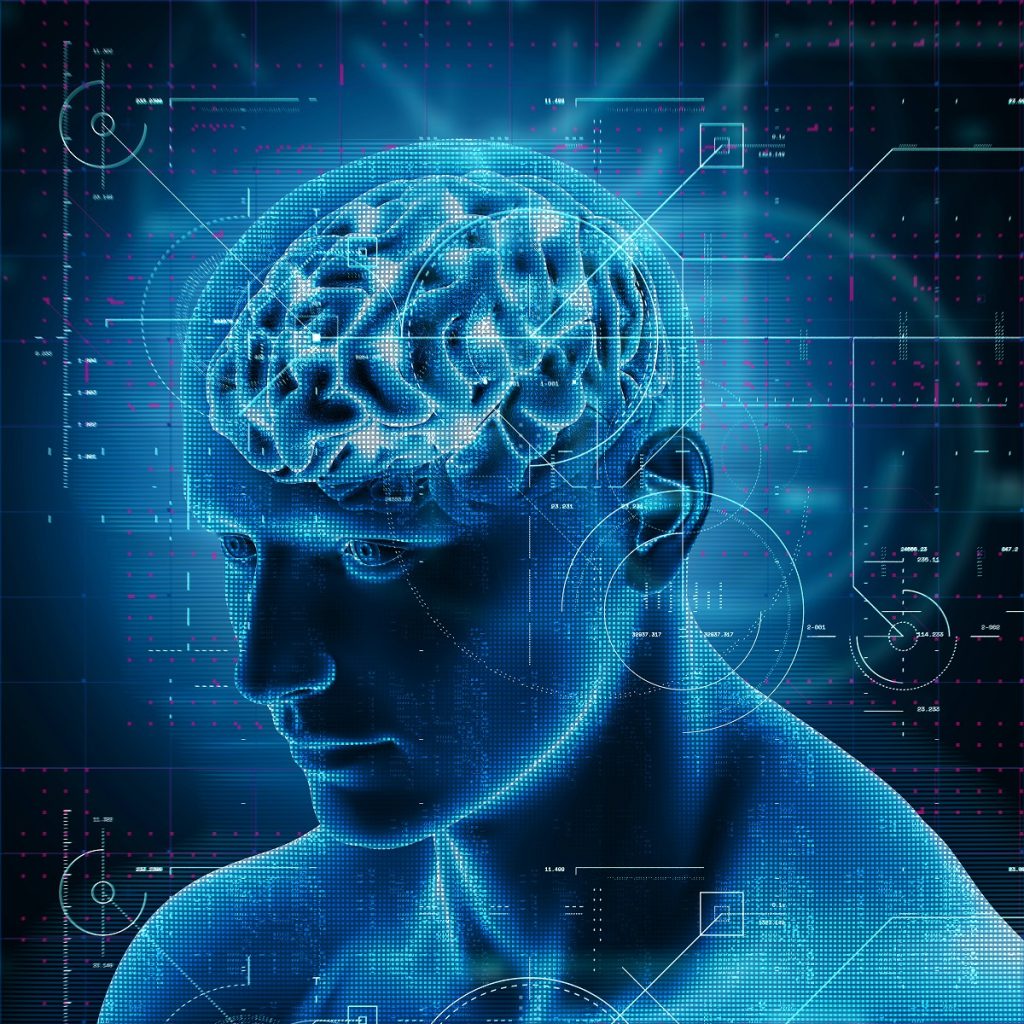When we get involved in coexistence processes, whether on a personal or professional level, countless conflicts can arise that on many occasions we do not address in the best possible way. Therefore, we have no choice but to educate ourselves about mechanisms that help us improve our relationship with others.
That is why this post talks about a series of readings that we can do in order to better understand: communication, conflict management, family educational styles...
Nonviolent communication. A language of life

Publisher: granAldea Editores
Author: Marshall B. Rosenberg
It is difficult for you control your emotions and do you have frequent emotional outbursts when things don't go the way you want? Do you find it especially difficult to express your emotions and needs? Do you have conflicts with several people over issues that are not excessively relevant, but to which you give a lot of importance? Are you unable to communicate assertively?
If so, this is a must-read book for you. He himself starts from a series of principles that we must take into account. Among those that stand out:
- Give from the heart. Through observation, feelings, needs and requests, to communicate with others in a much more free of prejudices and, therefore, in a much more responsible way.
- Communication that blocks compassion. We distance ourselves from it through moralistic judgments, denial of responsibility, demands and punishment. Therefore, we have to combat each of them in order to practice this compassion, which according to the author is innate.
- The full expression of anger. Anger comes from our thoughts and not from what other people do. Learning to manage anger is key to being able to communicate peacefully. To do this, the author gives us a series of keys, such as: stop, breathe deeply, analyze prejudiced thoughts, express needs and feelings at every moment...
Family models. Know and resolve problems between children and parents
Authors: Giorgio Nardone, Emanuela Giannoti and Rita Rocchi
Publisher: Herder

The family as the first area of socialization of the minor and where the highest level of learning is developed to shape their identity and personality. It remains today the fundamental structure of our society. The family is understood as the unit formed by a social group of two or more people linked by a bond of kinship and who live together, constituting a home. However, beyond kinship, the family also consolidates other aspects of identity, such as the relationships and interactions established with the reference social group. Therefore, the study of family educational models can offer us an opportunity to know how and why existing problems occur within each family. In this book six family educational models are defined for us. None of them being more convenient or more harmful to the relationships of family members than the others. The problems and conflicts at the family level They are given by a series of dimensions: attachment vs detachment; infrareactivity vs hyperreactivity…The following table is an approximation to the first four models detailed in the book:
In order to understand the coexistence and conflictive interactions that occur in the family environment, it is essential that the mediator (and anyone who is interested in family education) can analyze this book from its personal and/or professional situation.
The 3rd alternative: to solve life's most difficult problems
Author: Stephen R. Covey
Publisher: Paidos Ibérica

We can say that it is an “unwritten law”, but we know that in every conflict each of the parties tries to impose their way of seeing things, before the other party imposes it. Therefore, the 1st alternative is “my way of seeing things.” The 2nd alternative is “your way of seeing things” and the 3rd alternative It helps us create a different and better reality. Therefore, it not only resolves the conflict, but transforms it. This is an ingenious and creative approach that allows you to successfully analyze and address conflict resolution in an alternative way to the first two alternatives discussed. With the 3rd alternative, Nobody has to give up anything and everyone wins. In this work, the author uses the usual clairvoyance of his works to formulate a new way of solving the professional and personal difficulties that we all, without exception, face and provide multiple solutions to the great challenges that organizations and organizations face. society in general.
From the hostile brain to the intelligent brain. Neuroscience, conflict and mediation
Author: María Luz Sánchez García-Arista
Publisher: Dykinson

What happens in our brain? Why and how do we get angry, position ourselves, bias our thinking, construct our narrative...? In this work the mediation and neuroscience They offer an opportunity for the peaceful management of conflicts, starting from the transition from a hostile brain to an intelligent brain, starting from a series of changes at the perceptual, positioning and narrative level. Knowing the impact of emotions on the construction of thought is vital for the mediation professional, as it helps him combat: polarized narratives, rigidity of positioning, biases and distortion of thoughts of each of the parties. With which it will enhance a greater rigor as professionals.
Conflict Mediation: Manual for the training of mediators: 154 (Education Today)

Author: Juan Carlos Torrego Seijo
Publisher: Narcea
The approach from which this book starts is that of mediation as a tool of dialogue and interpersonal encounter that allows improving relationships through satisfactory search for agreements, starting from a positive conception of conflict through: the empowerment of collaborative contexts, use of dialogue, development of skills for self-regulation...
It consists of six work modules which are designed so that future mediation professionals can find a set of practical proposals that are useful for their performance as future mediators.
The six modules are as follows:
1/ Module I: Presentation and introduction to the mediation workshop.
2/ Module II: The conflict and its elements.
3/ Module III: Mediation.
4/ Module IV: Skills for effective communication.
5/ Module V: Experience mediation.
6/ Module VI: Mediation in progress
If you want to learn from our professionals how to mediate multidisciplinary conflicts: Request more information here!



